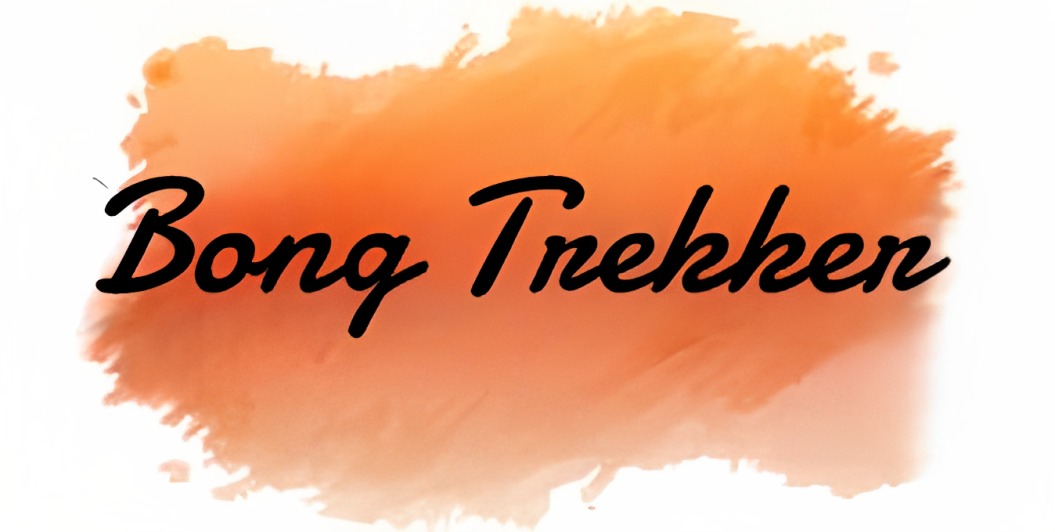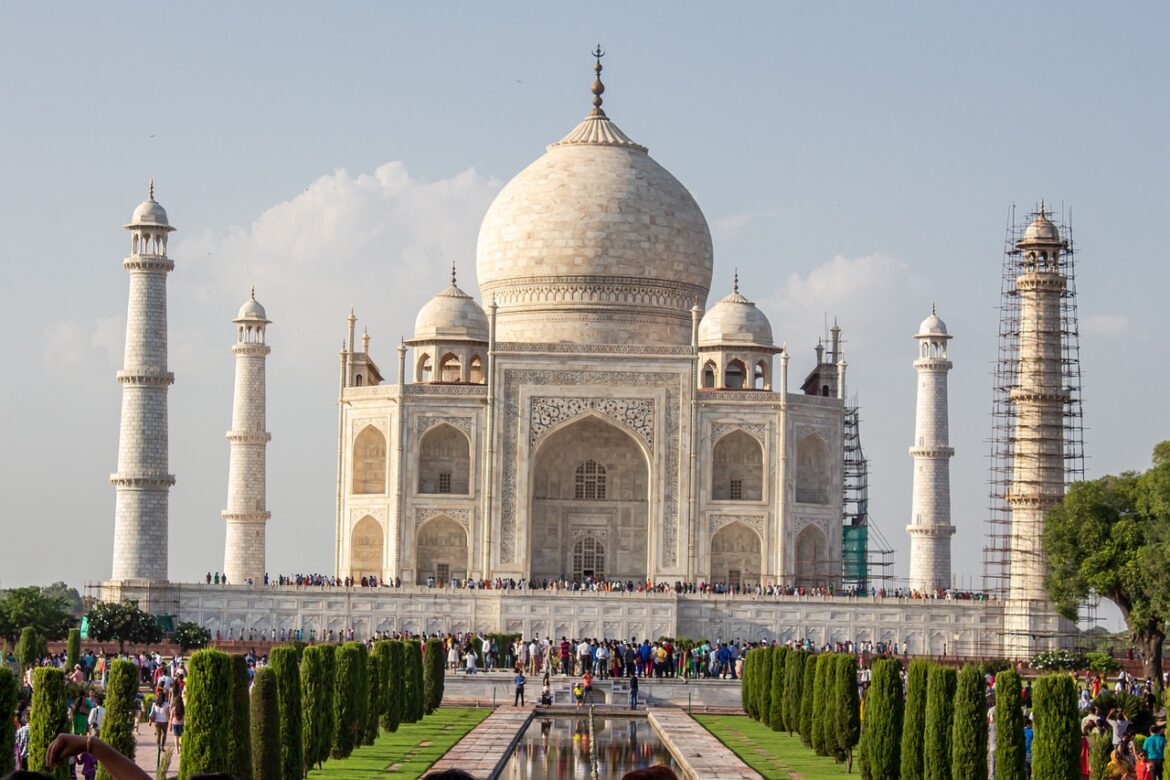India is a country that boasts rich cultural diversity, enchanting landscapes, and delicious cuisine. If you’re planning to visit India for the first time, it’s important to ensure that you make the most of your trip. From visas to local customs, currency exchange to transportation, this comprehensive guide will help you plan your first trip to India with ease.
Understanding India
India is a vast country with distinct geographical and cultural diversity, and it’s crucial to understand the country’s history, people, and customs to make the most of your visit.
Indian Geography
India is the seventh-largest country in the world, and it’s geographically diverse. From the Himalayas in the north to the beaches of Goa in the south and the Thar Desert in the west to the tea plantations of Assam in the east, India offers a wide range of landscapes.
Indian Culture
India is renowned for its cultural and religious diversity. With over 22 official languages and a rich history dating back thousands of years, India has a unique culture that’s unlike any other.
Indian People
India is inhabited by diverse ethnic and linguistic groups, each with its unique traditions and customs. The people of India are warm and hospitable, and they’re known for their friendly nature.
Indian Customs and Etiquette
India has a rich cultural heritage and unique customs, some of which may appear strange to visitors. For example, it’s customary to remove your shoes before entering someone’s home, and it’s considered impolite to touch someone with your feet.
Planning Your Itinerary
Planning a travel itinerary can be daunting, especially if you’re visiting India for the first time.
Best Time to Visit India
India is a vast country, and the best time to visit depends on the region you plan to visit. The winter months (November to February) are generally considered the best time to visit most parts of India, while the summer months (March to June) can be scorching hot in some regions.
How to Plan Your Itinerary
Planning an itinerary depends on what you want to see and experience. If you’re interested in culture and history, you may want to visit cities like Delhi, Agra, and Jaipur, while nature lovers may prefer destinations like Kerala and Goa.
Popular Tourist Destinations in India
India is home to many iconic landmarks and tourist destinations, including the Taj Mahal, the Golden Temple, and the Red Fort. These destinations are popular with tourists from around the world.
Off-the-Beaten-Path Destinations in India
India is full of hidden gems that are worth exploring. For example, you may want to visit the ancient temples of Khajuraho or explore the tea plantations of Darjeeling.
Travel Arrangements
Once you have decided on your itinerary, you need to make travel arrangements.
Visa Requirements
Getting a visa is a crucial aspect of preparing for your trip. You can apply for an e-visa or a traditional visa, depending on your travel plans and duration of your stay.
Flight Booking
India is well-connected by international airlines, and you can easily book a flight to most major cities in India.
Accommodation Options
India has many accommodation options, ranging from budget to luxury. You can choose from hotels, guesthouses, hostels, and homestays, depending on your budget and preferences.
Local Transportation
India is a vast country with diverse terrain, and getting around can be challenging.
Public Transportation
India has an extensive public transportation system, including buses, trains, and metros. This is a cost-effective way to travel, but it can be crowded and overwhelming for first-time travelers.
Taxis and Private Drivers
Taxis and private drivers are a convenient way to get around in India. You can hire a car and driver for a day or for your entire trip, depending on your travel plans.
Renting a Car
Renting a car may be an option if you prefer to drive. However, it’s important to be aware of the traffic conditions and road safety in India.
Currency Exchange and Money Matters
The Indian currency can be confusing, and it’s essential to have a basic understanding of it.
Indian Currency
The Indian currency is the Indian Rupee (INR), and it’s divided into smaller denominations called paise.
Currency Exchange Options
There are various options for currency exchange in India, including banks, airport exchange counters, and money changers.
Budgeting for Your Trip
It’s essential to budget wisely for your trip. You should factor in the cost of accommodation, transportation, food, and activities.
Food and Drinks
Indian cuisine is known worldwide for its rich flavors and spices.
Must-Try Indian Dishes
Indian cuisine is a gastronomical delight, and there are many dishes worth trying. From biryani to masala dosa and butter chicken to samosas, Indian cuisine offers a wide range of flavors and spices.
Drinking Water in India
Drinking tap water is not recommended in India, and it’s essential to take precautions. You should drink bottled water or use a water purifier.
Indian Alcoholic Drinks
India has its unique alcoholic drinks worth trying, including Kingfisher beer, Old Monk rum, and fenny.
Staying Safe in India
India is a safe country to travel, but it’s essential to take certain precautions.
Safety Tips for Travelers
Follow these tips to stay safe during your trip: avoid traveling alone at night, be aware of your surroundings, and keep your valuables safe.
Travel Insurance
It’s crucial to have adequate travel insurance when traveling to India. You should ensure that your insurance covers medical emergencies and theft.
Health Issues
India has its unique health challenges, and it’s essential to take precautions. You should consult your doctor before traveling and ensure that you have all the necessary vaccinations.
Conclusion
Planning your first trip to India can be daunting, but this guide should help you prepare for your journey. From understanding the country’s culture to making travel arrangements, budgeting, and staying safe, you’re now ready to plan an unforgettable trip to India.
For more trending destinations please visit Bong Trekker
Also Read: Indian Summer 2023: Top Pro Packing Tips for Your Adventure
Frequently Asked Questions:
What is the best time to visit India?
The best time to visit India depends on the region you plan to explore. Generally, the winter months from October to March are considered the most pleasant across the country. However, India experiences diverse climates, so it’s essential to research the specific region you wish to visit. For example, the summer months (April to June) can be extremely hot in northern India, while the monsoon season (June to September) brings heavy rainfall to various parts of the country.
How do I obtain a visa for India?
To obtain a visa for India, you will typically need to apply through the Indian embassy or consulate in your home country. The process usually involves completing an application form, providing necessary documents (such as a valid passport, recent photographs, proof of travel itinerary, and financial information), and paying the required fee. It’s advisable to check the official website of the Indian embassy or consulate in your country for detailed instructions and any specific requirements.
What are the must-try Indian dishes?
India boasts a rich and diverse culinary heritage. Some must-try Indian dishes include:
- Butter Chicken: A popular North Indian dish made with succulent chicken cooked in a creamy tomato-based sauce.
- Biryani: Fragrant rice dish layered with meat (such as chicken, mutton, or fish), aromatic spices, and sometimes vegetables.
- Masala Dosa: A thin, crispy pancake made from fermented rice and lentil batter, typically filled with a spicy potato mixture.
- Chole Bhature: A delightful combination of spicy chickpea curry (chole) and deep-fried bread (bhature), commonly enjoyed for breakfast or lunch.
- Paneer Tikka: Cubes of paneer cheese marinated in a spiced yogurt mixture and grilled to perfection.
These are just a few examples, and Indian cuisine offers a wide array of vegetarian and non-vegetarian options, regional specialties, and street food delights.
Is it safe to drink tap water in India?
It is generally not recommended to drink tap water in India, especially for foreign visitors. The quality of tap water can vary across different cities and regions, and there is a higher risk of contamination that your body may not be accustomed to. It is advisable to drink bottled water from reputable brands, which are widely available in India. Additionally, avoid consuming ice cubes from unknown sources and use bottled water for brushing your teeth.
What travel vaccinations do I need for India?
The specific travel vaccinations required for India may vary based on your individual health, the regions you plan to visit, and the duration of your stay. However, some commonly recommended vaccinations and preventive measures for travelers to India include:
- Routine vaccinations: Ensure you are up to date on routine vaccinations, such as measles-mumps-rubella (MMR), diphtheria-tetanus-pertussis, varicella (chickenpox), polio, and influenza.
- Hepatitis A and B: These vaccinations are recommended for most travelers, as India has a higher prevalence of these diseases.
- Typhoid: Vaccination is advisable, especially if you plan to explore rural areas or consume street food.
- Tetanus-diphtheria: Ensure your tetanus vaccination is up to date, as it is recommended for all travelers.
- Malaria prevention: Depending on the region and time of year, antimalarial medication may be recommended. Consult with a healthcare professional or travel clinic to determine the appropriate measures based on your itinerary.
Remember to consult with a healthcare professional or a travel health clinic at least 4-6 weeks before your trip to discuss your specific health needs and receive personalized advice.

